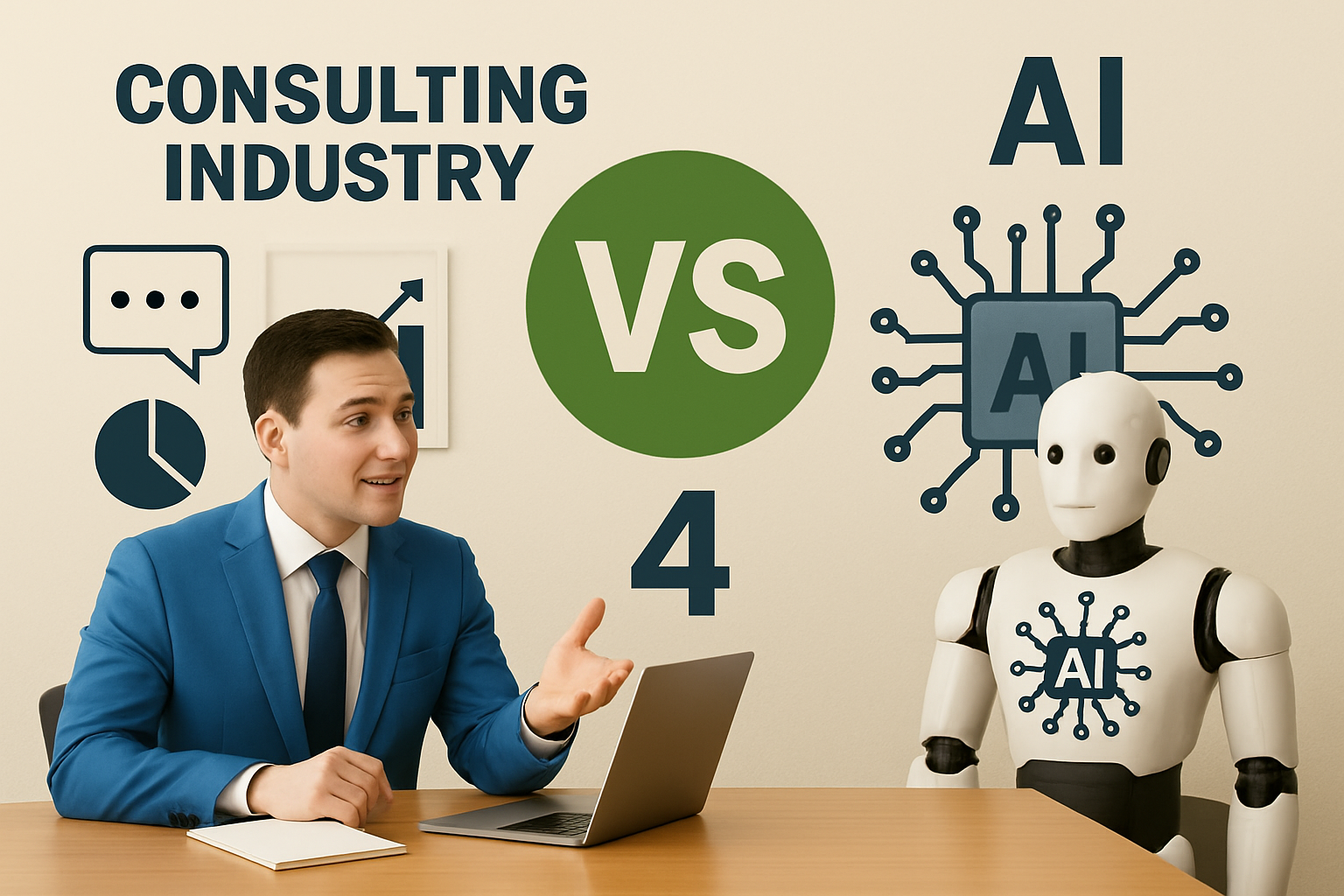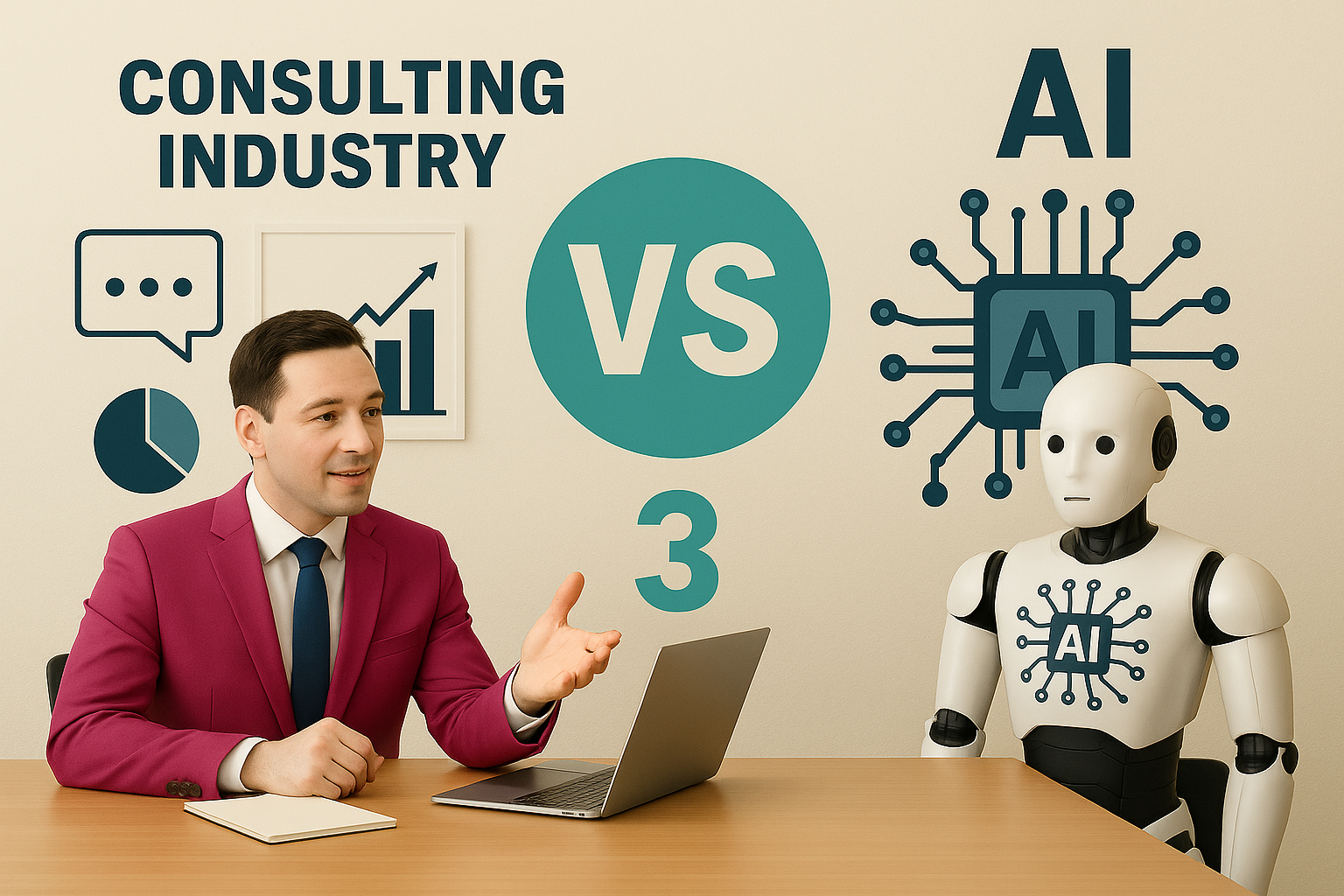
Artificial Intelligence isn’t another passing tech wave; it’s the foundation of the Fifth Industrial Revolution. Those who still treat AI as a “tool experiment” are missing the broader truth: this revolution changes how we work, decide, and compete.
The challenge for leaders isn’t whether to adopt AI, it’s how to do it responsibly, transparently, and in a way that strengthens culture rather than fractures it.
In recent executive forums I attended, the consensus was clear: truthful, fact-based leadership determines whether AI adoption thrives or fails. Teams need clarity about why AI is being introduced. Is it about reducing headcount or enabling better performance? When leaders avoid the question, fear fills the vacuum. When they answer it directly, trust takes root.
Leaders set the emotional temperature for transformation. Those who demonstrate transparency, model usage, and share results build momentum; those who stay silent breed skepticism.
As Sol Rashidi, MBA (2025), World’s 1st enterprise Chief AI Officer, observed, “license counts have nothing to do with adoption.” Buying tools doesn’t mean transformation. Rashidi distinguishes between using AI and doing AI. The first is access; the second is integration.
“There’s a crucial distinction between using AI and doing AI.” (Rashidi, 2025, para. 5)
Doing AI means redesigning workflows, not just adding prompts to existing tasks. Companies that get this right break their processes into clear steps, identify where human judgment adds value, and where machine intelligence can accelerate output. That’s where real efficiency and trust begin.
Once leadership commits to doing AI, governance must follow. Establishing an AI Committee with cross-departmental representation (IT, HR, Legal, Finance, Operations, Communications, and Security) ensures accountability and alignment.
Organizations such as the Partnership on AI (2025) recommend exactly this kind of internal governance to safeguard fairness, privacy, and ethical use. Your committee’s charter should include clear purpose, decision rights, ethical standards, and an incident response plan. Without governance, AI efforts risk becoming isolated experiments rather than enterprise capabilities.
Rashidi also emphasizes that companies must “decompose workflows into individual tasks” before automation. The same principle applies to data: you can’t optimize what you can’t understand. Cleaning, centralizing, and labeling data are the prerequisites for any trustworthy AI initiative. Start by identifying data owners, tagging sensitive information, and setting access controls.
The Stanford AI Index (2025) reports that although 78 percent of organizations now use AI, only a minority have unified data foundations, proof that most are still using AI, not doing AI.
Employees shouldn’t find out about AI from a press release. They should be invited into the transformation from day one.
If a role might evolve or even phase out, leaders owe their teams proactive upskilling paths. Use automation savings to fund new training, create hybrid job descriptions, and recognize that AI happens with people, not to them. This approach converts anxiety into agency, turning early skeptics into advocates.
The McKinsey & Company (2025) study AI in the Workplace found that only 7 percent of organizations feel mature in AI adoption, despite surging investments. The difference? Those companies measure workflow impact, not license counts.
True success metrics include cycle-time reduction, improved decision accuracy, skill adoption, and engagement. In short, measure readiness and outcomes, not procurement volume.
AI can amplify human potential or undermine it. The deciding factor is leadership integrity.
The Conference Board (2025) summarized it best: “Leaders set the tone for adoption, without visible executive engagement, even well-funded AI programs stall.”
The organizations thriving in this revolution aren’t just using AI, they’re doing AI with purpose, transparency, and humanity. That’s the kind of leadership transformation we advocate and celebrate at Quantify 360 Solutions, Inc..
By Jason Doudt , CEO of Quantify 360 Solutions, Inc.
Resources & References
McKinsey & Company. (2025, January 28). AI in the workplace: Empowering people to unlock AI’s full potential at work. https://www.mckinsey.com/capabilities/tech-and-ai/our-insights/superagency-in-the-workplace-empowering-people-to-unlock-ais-full-potential-at-work
Partnership on AI. (2025). About us. https://www.partnershiponai.org/about-us
Rashidi, S. (2025, November 7). Why I tell CEOs license counts have nothing to do with adoption rates. LinkedIn. https://www.linkedin.com/pulse/why-i-tell-ceos-license-counts-have-nothing-do-adoption-rates-sol-rashidi
Stanford Institute for Human-Centered Artificial Intelligence. (2025). The 2025 AI Index Report. https://hai.stanford.edu/ai-index/2025-ai-index-report
The Conference Board. (2025). AI Leadership Summit 2025. https://www.conference-board.org/events/ai-leadership

